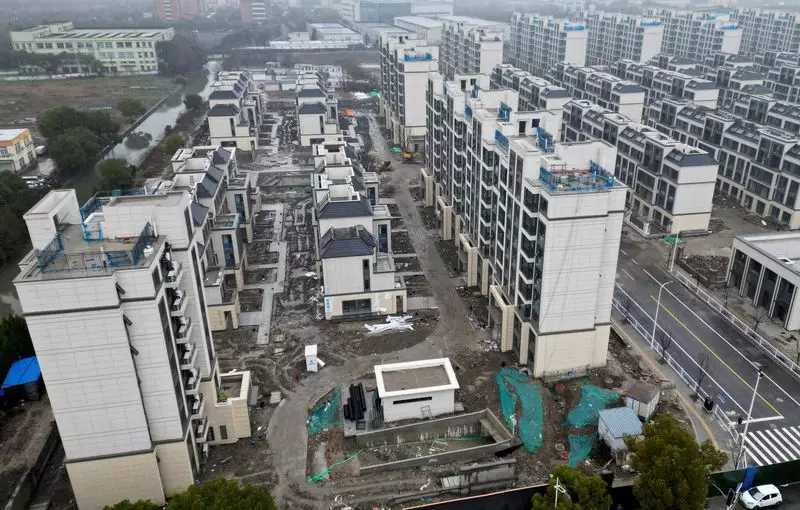In recent years, China’s property market has faced a staggering decline. As the economy slows, the sector that has traditionally been a backbone of growth is now in a state of crisis. The People’s Bank of China (PBOC), the country’s central bank, has announced a significant policy shift aimed at alleviating the suffering of homeowners and re-energizing the real estate market. This move is a response to the persistent economic downturn, with mortgage rates for existing loans set to drop before the end of October.
The PBOC’s directive calls for commercial banks to lower interest rates on existing home loans by a minimum of 30 basis points below the prevailing Loan Prime Rate (LPR). This is an ambitious step, as the central bank anticipates an average reduction of around 50 basis points. This new policy is part of a broader strategy that has already included reforms such as reduced down-payment ratios and incentives for new home purchases. Yet, despite these measures, the anticipated boost in consumer confidence and increased home sales has been disappointingly elusive.
In support of the central bank’s directives, various cities have initiated their own approaches to stimulate home sales. Guangzhou has fully lifted restrictions on home purchases, setting an example for other metropolitan areas. Meanwhile, Shanghai and Shenzhen are taking steps to ease loading restrictions for non-local buyers and have lowered the required down payment ratio for first-time buyers to as low as 15%. These local initiatives demonstrate a concerted effort to rekindle interest in the sector and provide a glimmer of hope for both developers and prospective homeowners.
Despite a plethora of strategies aimed at revitalizing the housing market, the effectiveness of these stimulus measures has come into question. Figures released earlier this month indicate that new home prices experienced their steepest decline in over nine years, with an 18% contraction in property sales during the first two-thirds of the year. These alarming statistics underline the extent of consumer skepticism towards the property market, which is further compounded by an inability to move excess inventory that has accumulated in various locales.
The need for sweeping changes has been underscored by a substantive shift in the home loan landscape. Many homeowners have found themselves burdened by higher-rate mortgages while the market fosters a more beneficial structure for new buyers. The PBOC noted the public’s growing discontent with the existing mortgage rate schema, acknowledging the urgent need for adjustments to better align prices with current market realities. The call for change is a response to the decreased demand for property, as existing owners actively seek to pay down their higher-rate loans and redirect their finances elsewhere.
As part of a comprehensive approach to support the property sector, the PBOC has also committed to extending financial assistance for real estate developers. By granting continued access to development loans and trust loans until the end of 2026, the central bank is attempting to create a stable environment that could potentially re-invigorate construction and development projects, lending long-term viability to the sector.
As the People’s Bank of China takes significant steps to reduce existing mortgage rates, it remains to be seen whether these strategies will successfully lure buyers back into the housing market. The complexities of the current economic landscape present both challenges and opportunities for recovery. Despite proactive measures being implemented at multiple levels, the struggle to restore confidence in the property sector illustrates a critical moment for the Chinese economy. These policy announcements represent more than mere adjustments; they embody hope for a sector grappling with unprecedented challenges while offering a potential blueprint for future recovery strategies.

